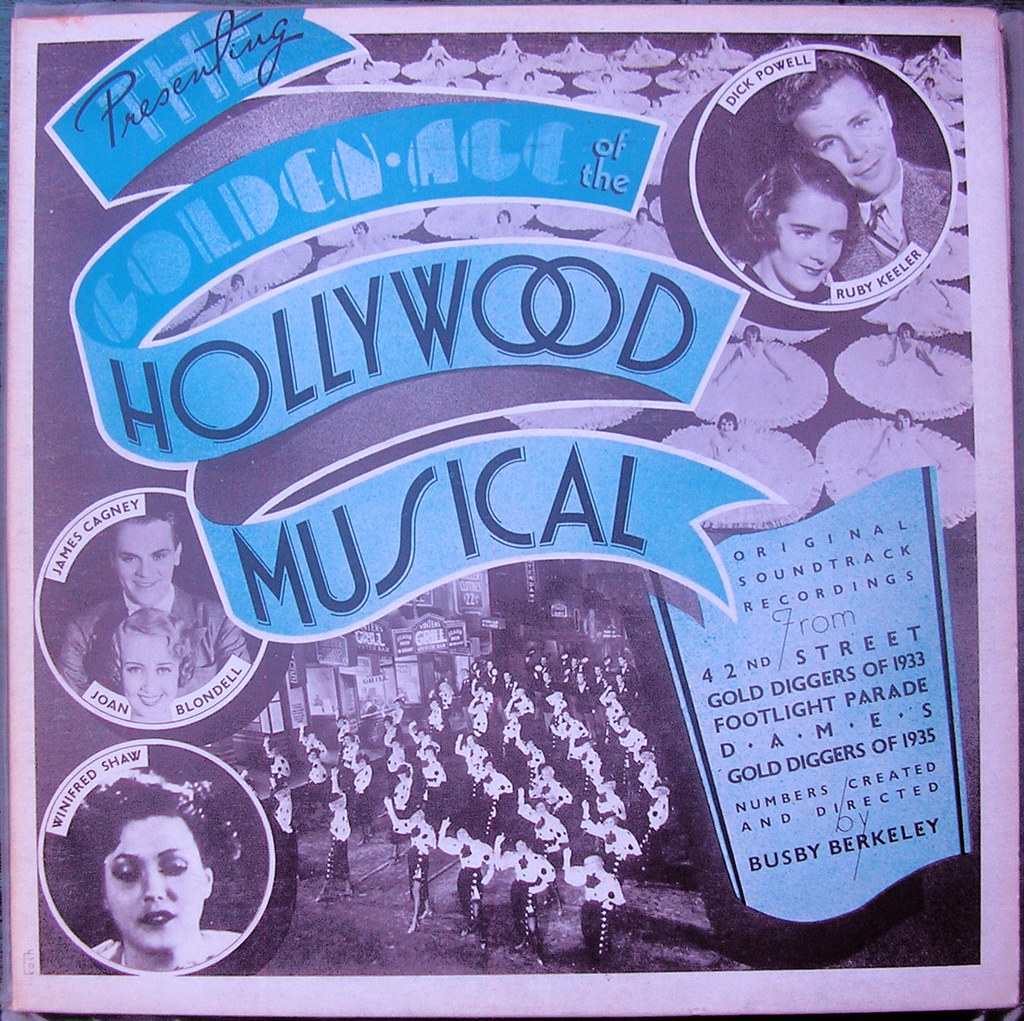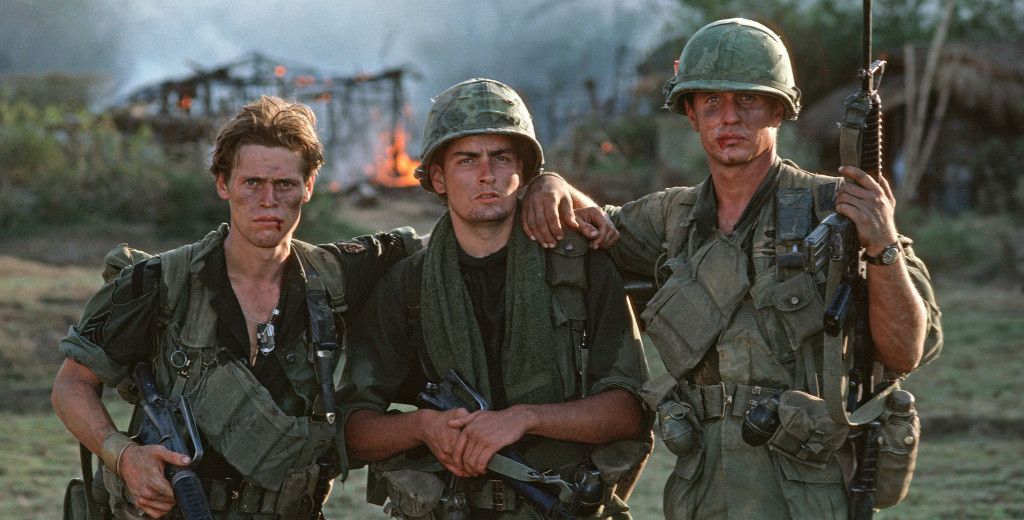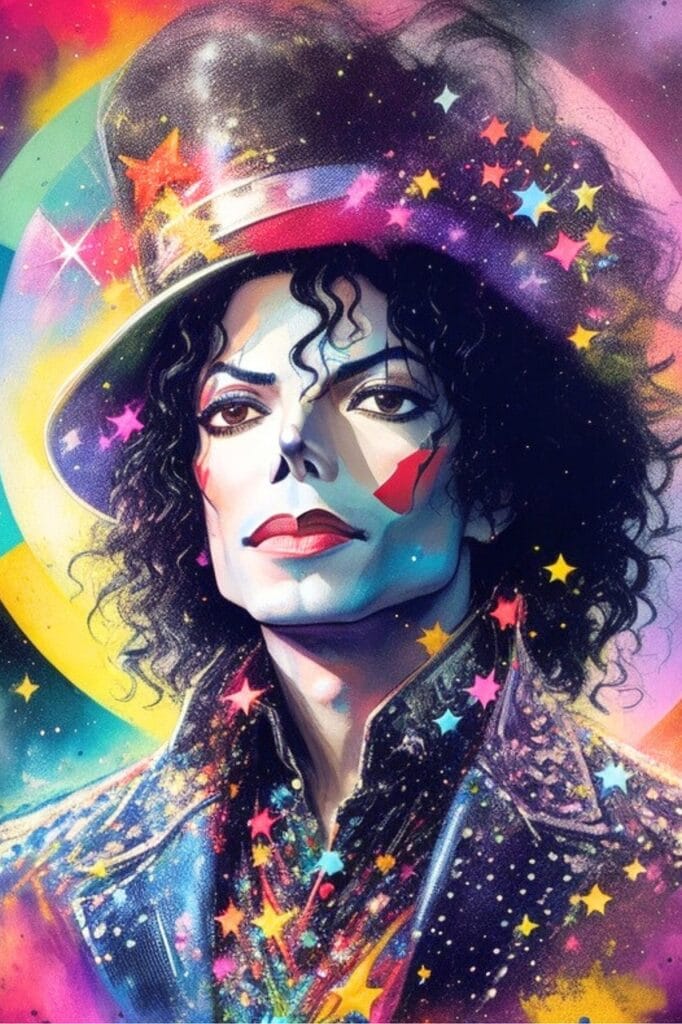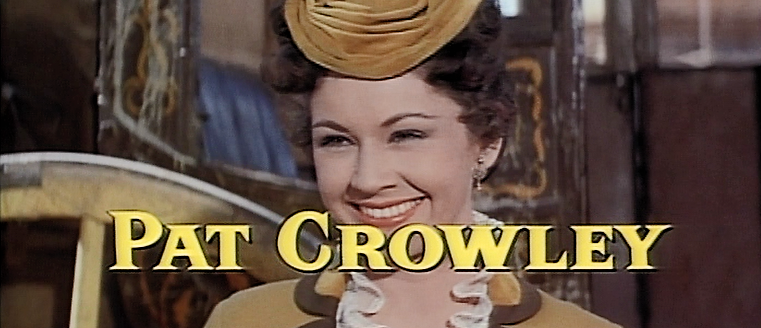
The passing of Patricia Margaret Crowley, a luminary whose career spanned an incredible seven decades, marks the end of an era for Hollywood. Dying peacefully in Los Angeles on September 14, 2025, at the age of 91, just days shy of her 92nd birthday, Crowley leaves behind a legacy defined by her consistent charm, undeniable talent, and an adaptability that saw her thrive across film, television, and Broadway. Her journey, which began straight out of high school, quickly established her as a formidable presence, earning her the coveted “New Star of the Year” Golden Globe in 1954 and placing her alongside some of the biggest names of the 1950s.
From her early days on the New York stage to her enduring success as a beloved television star, Crowley navigated the intricate landscape of the entertainment industry with a unique blend of grace and professionalism. She might not have sought the sensationalism of A-list superstardom, famously stating in a 2020 interview for her obituary, “The business of this business is really tricky, and I was never really into that.” She added, “I never had a manager. I never had a publicity person. I was in that medium thing where I would have an agent call and say, ‘Go and do this audition.’” Yet her dedication to her craft was unwavering, and her impact undeniable.
Her ability to transition effortlessly between spirited ingénues, dramatic leads, and comedic housewives made her a familiar and cherished face to generations of viewers. This retrospective article aims to honor the remarkable life and career of Pat Crowley, tracing her path from a hopeful young actress to an industry veteran whose work touched countless lives. Join us as we explore the diverse tapestry of her professional life, highlighting the charm, versatility, and enduring appeal that defined Patricia Crowley.
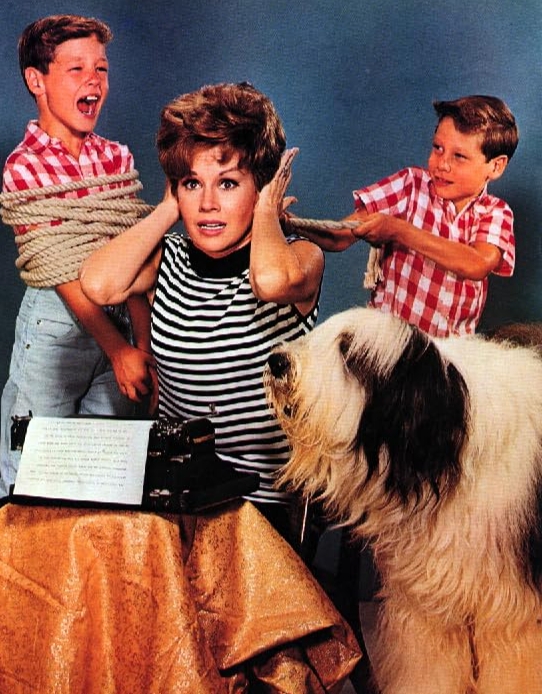
1. From Olyphant to Broadway: The Early Spark of a Star
Patricia Margaret Crowley’s story began far from the glamorous lights of Hollywood, in Olyphant, Pennsylvania, where she was born on September 17, 1933. Her upbringing was influenced by a mother who loved music and theater and an older sister, Ann, who also harbored acting ambitions. It was Ann’s talent that first led the family to New York City, after she was discovered by prominent pianist and vocal coach Frank La Forge, who offered to train her. The rest of the family soon followed, settling into a Manhattan apartment.
This move proved fortuitous for young Pat. Already immersed in a household that appreciated the arts, she quickly found her own footing in the performing world. She graduated from Manhattan’s prestigious High School of Performing Arts in 1950, sharing a class with future comic actor Dom DeLuise. Her theatrical debut came early, with a walk-on part in the chorus of a touring performance of “Carousel,” in which her sister, Ann, starred.
Crowley continued to hone her craft, acting, singing, and dancing, which quickly led to more significant roles. She garnered critical praise for her performances in various theater productions, even when the shows themselves received mediocre reviews. Brooks Atkinson of The New York Times, in a review of Margo Jones’s “Southern Exposure,” notably called her “practically the only professional thing on the stage.” Her talent was formally recognized with a Theater World Award as one of the most promising personalities of the 1950-51 season, solidifying her early reputation as a rising talent.
Her early television career also began to blossom during this period. She gained recognition as the title character in “A Date With Judy,” a live television show that aired on Saturday mornings in New York in the early 1950s. These early experiences on both stage and screen provided a robust foundation for what would become an exceptionally long and varied career, preparing her for the demands of the burgeoning entertainment industry.
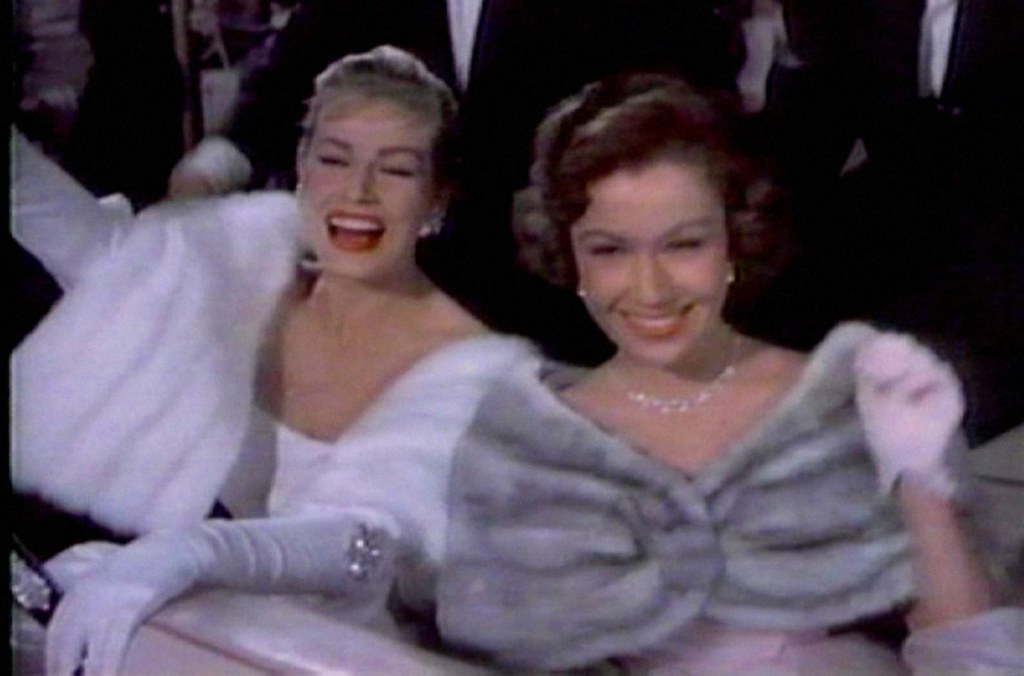
2. Golden Globe Glory: “New Star of the Year” 1954
Crowley’s undeniable talent and charisma quickly caught the eye of Hollywood. Her formal introduction to the big screen came in 1953 with the release of two Paramount films that would collectively define her early cinematic success and earn her significant accolades. These were “Money From Home” and “Forever Female,” both released in 1953, the latter sometimes cited with a 1954 release date in some contexts.
For her compelling performances in both films, Pat Crowley was awarded the Golden Globe for “New Star of the Year – Actress” in 1954. This prestigious honor, a category that was later discontinued in the 1980s, signaled her as one of Hollywood’s most promising newcomers. It placed her firmly in the spotlight, alongside other rising talents, and set expectations for a glittering film career.
In “Forever Female,” a theater industry comedy loosely adapted from J.M. Barrie’s play “Rosalind,” Ms. Crowley played Sally Carver, a spirited teenager aiming for a coveted role. She starred opposite seasoned veterans Ginger Rogers, who played a fading star desiring the same part, and William Holden. Her portrayal of youthful ambition and determination resonated with audiences and critics alike, showcasing her ability to hold her own against established names.
Simultaneously, she captivated audiences as Dr. Autumn Claypool alongside the iconic comedic duo Dean Martin and Jerry Lewis in “Money From Home.” In this film, she played the veterinarian love interest of Jerry Lewis’s character, an offbeat cousin to a gambler played by Dean Martin. This role not only highlighted her versatility in comedy but also marked the beginning of what would be a decades-long professional relationship with Dean Martin, whose variety show would later feature her as a guest.
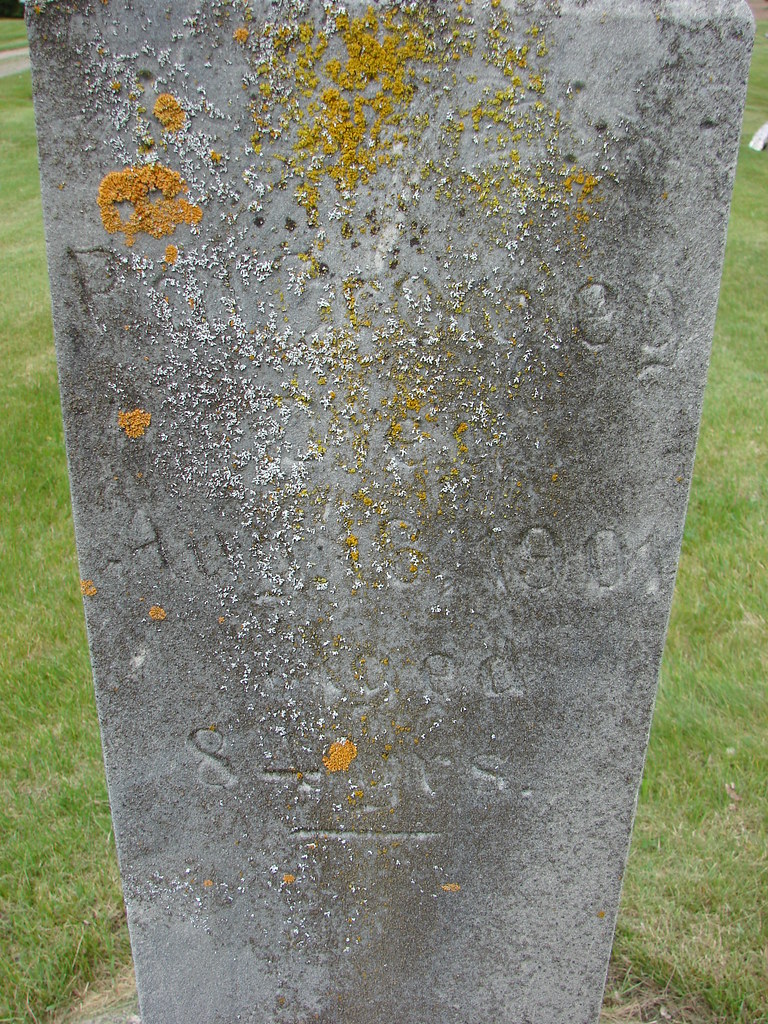
3. Paramount’s Promising Ingénue: Early Film Highlights
Following her Golden Globe triumph, Pat Crowley was positioned as a leading ingénue by Paramount, starring alongside a constellation of Hollywood’s biggest names throughout the 1950s and 1960s. Her magnetic screen presence and adaptability allowed her to transition seamlessly between diverse genres, from musicals to dramas and Westerns, cementing her status as a versatile actress.
One notable early role saw her co-starring with Rosemary Clooney in the 1954 musical Western spoof, “Red Garters,” where she played Susan Martinez De La Cruz. This colorful production showcased her singing and dancing abilities, adding another dimension to her burgeoning filmography. Her capacity for both musicality and dramatic depth made her a highly sought-after talent in an era that prized multi-faceted performers.
Crowley also left her mark in the powerful 1956 drama “There’s Always Tomorrow,” where she shared the screen with cinematic legends Barbara Stanwyck and Fred MacMurray. In this noir-inspired film directed by Douglas Sirk, she played Ann, demonstrating her dramatic range and ability to contribute to complex narratives alongside formidable actors. These roles allowed her to learn from the best in the business, further refining her craft.
Her versatility was further showcased in “The Square Jungle” (1955), a boxing drama where she starred opposite Tony Curtis, playing the love interest of his character, a grocery clerk striving for success as a boxer. Additionally, she was featured in the Audie Murphy Western “Walk the Proud Land,” playing Mary Dennison, and the 1963 comedy “The Wheeler Dealers,” starring James Garner and Lee Remick, where she played Eloise Cott. These diverse roles underscored her ability to adapt to various storytelling demands and deliver compelling performances across the cinematic spectrum.

4. The Martin and Lewis Connection: “Money From Home” and “Hollywood or Bust”
Pat Crowley’s career intersected significantly with the iconic comedy duo Dean Martin and Jerry Lewis, a pairing that dominated the box office in the 1950s. Her initial collaboration with them in “Money From Home” (1953) was not just a successful film for her, earning her a Golden Globe, but also a memorable moment in her early career, establishing her as a charming comedic foil. She played Dr. Autumn Claypool, the veterinarian love interest of Jerry Lewis’s character, an offbeat cousin who becomes entangled in the world of horse racing.
Her performance in “Money From Home” highlighted her natural comedic timing and warmth, making her an ideal partner for the energetic Jerry Lewis and the suave Dean Martin. This experience was particularly formative, as it introduced her to the unique dynamics of working with such celebrated comedians, a skill that would serve her well in her extensive television career filled with varied guest appearances across genres.
Crowley’s connection with Martin and Lewis deepened with her role as Terry Roberts in their final film together, “Hollywood or Bust” (1956). This movie holds a special place in Hollywood history, marking the culmination of one of the most successful and tumultuous partnerships in entertainment. To be part of such a landmark film, even in a supporting capacity, speaks volumes about her standing in the industry at that time and the trust placed in her by the studio.
Her participation in these two films provided a unique glimpse into the end of an era, as the legendary duo concluded their cinematic collaboration. Her portrayal in both productions contributed to their comedic narratives, showcasing her ability to bring a grounded charm to even the most outlandish scenarios, a quality that endeared her to audiences and made her a reliable presence in star-studded casts.

5. Navigating Hollywood’s Expectations: A Candid Perspective
Despite her early Golden Globe success and starring roles with some of Hollywood’s biggest names, Pat Crowley’s path in the industry was not without its unique challenges and candid reflections. While Paramount initially promoted her as an ingénue with immense potential, she never quite reached the stratospheric level of superstardom that the studio might have anticipated for her. This led to her being let go from the studio for unspecified reasons, a common, if often harsh, reality of the studio system during that era.
Crowley herself offered a grounded perspective on her career trajectory, reflecting on the intricacies of the entertainment business in a 2020 interview for her obituary. She revealed, “The business of this business is really tricky, and I was never really into that,” a sentiment that underscores her genuine focus on the craft of acting rather than the machinery of celebrity. This candidness highlights a refreshing humility, suggesting a prioritization of work over the relentless pursuit of fame.
She further elaborated on her approach, stating, “I never had a manager. I never had a publicity person. I was in that medium thing where I would have an agent call and say, ‘Go and do this audition.’” This speaks to a career built on consistent work and adaptability, rather than aggressive self-promotion. It explains why, even after her initial film prominence, she continued to find prolific success in the burgeoning medium of television, where a steady stream of roles was available for reliable and talented performers.
Crowley also offered a charmingly self-deprecating assessment of her screen persona in the early days, admitting, “I didn’t really have the face for film, like when you see the great beauties.” Instead, she embraced her niche: “I always played the feisty little troublemaker.” This self-awareness, combined with her consistent work ethic and genuine warmth, allowed her to forge a long-lasting career that perhaps lacked the highest peaks of movie stardom but offered an incredibly rich and diverse body of work appreciated by a wide audience.

6. From Silver Screen to Small Screen: Early Television Guest Roles
As the golden age of television dawned, Pat Crowley expertly navigated a pivot in her career, transitioning from film to become a ubiquitous and beloved presence on the small screen. Her natural charisma and professionalism made her an ideal candidate for guest appearances across an array of burgeoning television series throughout the 1950s and 1960s, a period of immense growth and experimentation in the medium. This transition was not a step down, but rather an expansion of her craft into a new and exciting frontier.
Crowley’s early television credits read like a historical roster of classic shows, showcasing her ability to fit into vastly different narratives and genres. She appeared in the pilot for “The Untouchables,” an early indicator of her dramatic prowess. Her talent graced the screens in anthology series like “Crossroads” and “The Alfred Hitchcock Hour,” where her nuanced performances contributed to the suspenseful storytelling.
Her versatility was further demonstrated through guest spots in popular Westerns, a dominant genre of the era. She rode alongside Clint Eastwood in “Rawhide” and shared the screen with Steve McQueen in “Wanted: Dead or Alive.” She also made multiple appearances on “Maverick,” notably playing Lydia Lynley and Ann Saunders, and remarkably appearing as leading lady for both James Garner and Roger Moore in the same episode, “The Rivals,” a unique occurrence in television history that highlighted her adaptable charm.
Beyond Westerns, Crowley’s diverse roles included appearances in crime dramas like “77 Sunset Strip,” adventure series such as “Riverboat,” and even early sitcoms like “The Tab Hunter Show.” Her consistent work ethic and ability to deliver memorable performances, even in single-episode roles, quickly established her as a reliable and familiar face to television audiences, laying the groundwork for decades of continued success in the medium.
Read more about: 14 Essential Robert Redford Movies Everyone Needs to See at Least Once in Their Life

7. The Unforgettable Joan Nash: Starring in “Please Don’t Eat the Daisies”
Pat Crowley’s television career received a significant boost in 1965 when she landed a starring role in the NBC-MGM sitcom “Please Don’t Eat the Daisies.” This series, adapted from Jean Kerr’s bestselling 1957 book and the popular 1960 film of the same name starring Doris Day, provided Crowley with a platform to showcase her comedic talents and solidify her place as a television star.
In the show, Crowley brilliantly portrayed Joan Nash, a newspaper columnist navigating the delightful chaos of a bustling suburban household. Her character was a modern and spirited wife and mother to four boys, complemented by a massive sheepdog named Ladadig, and a college professor husband played by Mark Miller. Joan Nash was distinct, challenging traditional “housewife” tropes of the era by being uninterested in housework or cooking, famously sleeping through mornings in the same bed as her husband—a groundbreaking detail for television at the time.
Crowley identified strongly with the character of Joan Nash, who was loosely based on Jean Kerr herself. This connection stemmed partly from their shared origins in northeast Pennsylvania, allowing Crowley to infuse the role with an authentic warmth and relatability. Her portrayal captured the humor and heart of a woman balancing a career with family life, making Joan a beloved and relatable figure for audiences.
Although “Please Don’t Eat the Daisies” ran for only two seasons, from 1965 to 1967, and wasn’t a year-end Top 30 hit during its initial run, it found immense popularity in reruns throughout the 1970s. This resurgence introduced Crowley’s portrayal of Joan Nash to a new generation of viewers, ensuring the show’s enduring legacy and her iconic status as the charming and capable matriarch of a delightfully unconventional family. Her performance remains a highlight of her long and varied career, demonstrating her ability to carry a series with grace and humor.

8. A Television Mainstay: Decades of Diverse Guest Appearances
After her memorable run on “Please Don’t Eat the Daisies,” Pat Crowley continued to be an invaluable and ubiquitous presence on television screens for decades. Her consistent professionalism and innate talent ensured a steady stream of roles, making her a familiar face to generations of viewers. She seamlessly moved between genres, demonstrating a remarkable versatility that allowed her to shine in everything from intense dramas to lighthearted comedies.
Throughout the 1970s and beyond, Crowley graced numerous iconic shows, cementing her legacy as a go-to guest star. She appeared in critically acclaimed series like “Columbo” in 1971, where her nuanced performances added depth to the complex narratives. Her acting also enriched police procedurals such as “Police Story,” where she appeared in four episodes between 1974 and 1976, showcasing her ability to handle demanding dramatic material with finesse and conviction.
Her warmth and comedic timing were equally evident in popular sitcoms of the era. She brought her characteristic charm to “Happy Days” in 1980, engaging audiences with her delightful presence. Similarly, she made appearances on beloved ensemble shows like “The Love Boat” and “Fantasy Island,” where she effortlessly became part of the episodic storytelling, often delivering memorable performances that captivated viewers week after week. This enduring appeal was a testament to her consistent ability to connect with audiences.
Crowley’s range extended even further, encompassing action and adventure series. She joined the ranks of “Hawaii Five-O” in 1980 and “Charlie’s Angels” from 1979-1981, adapting her style to fit the fast-paced and thrilling narratives of these popular shows. Whether playing a medical professional or a cunning character, she consistently delivered compelling performances, ensuring her lasting impact across the diverse landscape of television programming.

9. From Prime-Time Drama to Daytime Dedication: Soap Opera Legacies
While Pat Crowley was a prolific guest star, she also carved out a significant niche for herself in the world of long-running serials, becoming a beloved figure in both prime-time and daytime soap operas. Her ability to embody complex characters over extended periods allowed her to delve deeper into storytelling, building enduring connections with dedicated viewers. This aspect of her career highlighted her commitment to continuous performance and character development.
A notable recurring role came in 1986, when Crowley appeared in nine episodes of the iconic prime-time soap opera “Dynasty.” She portrayed Emily Fallmont, the wife of Senator Buck Fallmont, whose character became entangled in a significant affair with Ben Carrington. This role showcased her dramatic prowess, allowing her to explore intricate emotional landscapes and contribute to the high-stakes narrative that defined “Dynasty” during its height.
Transitioning seamlessly into daytime television, Crowley became a fixture in the genre, demonstrating an exceptional work ethic and a remarkable capacity for sustained character portrayal. From 1989 to 1990, she played Rebecca Whitmore #1 in 65 episodes of “Generations,” establishing herself as a cornerstone of the series. Her performance resonated with fans, showcasing her ability to bring depth and nuance to a long-form narrative.
Perhaps her most extensive commitment to daytime television came with her role as Mary Scanlon in the “General Hospital” spin-off, “Port Charles.” Between 1997 and 2003, Crowley appeared in an astounding 251 episodes, becoming an integral part of the show’s intricate storyline. This remarkable tenure underscored her dedication to her craft and her enduring appeal to a devoted audience, making her a celebrated figure in the world of soap operas.
She also made her mark on “The Bold and the Beautiful” in 2005 as Natalie DeWitt, appearing in four episodes, further solidifying her presence in the daytime drama landscape. Her consistent work in these serials, including early appearances on “General Hospital” and “Falcon Crest,” illustrated her unwavering commitment to acting, providing steady employment and cherished roles that enriched her expansive career.
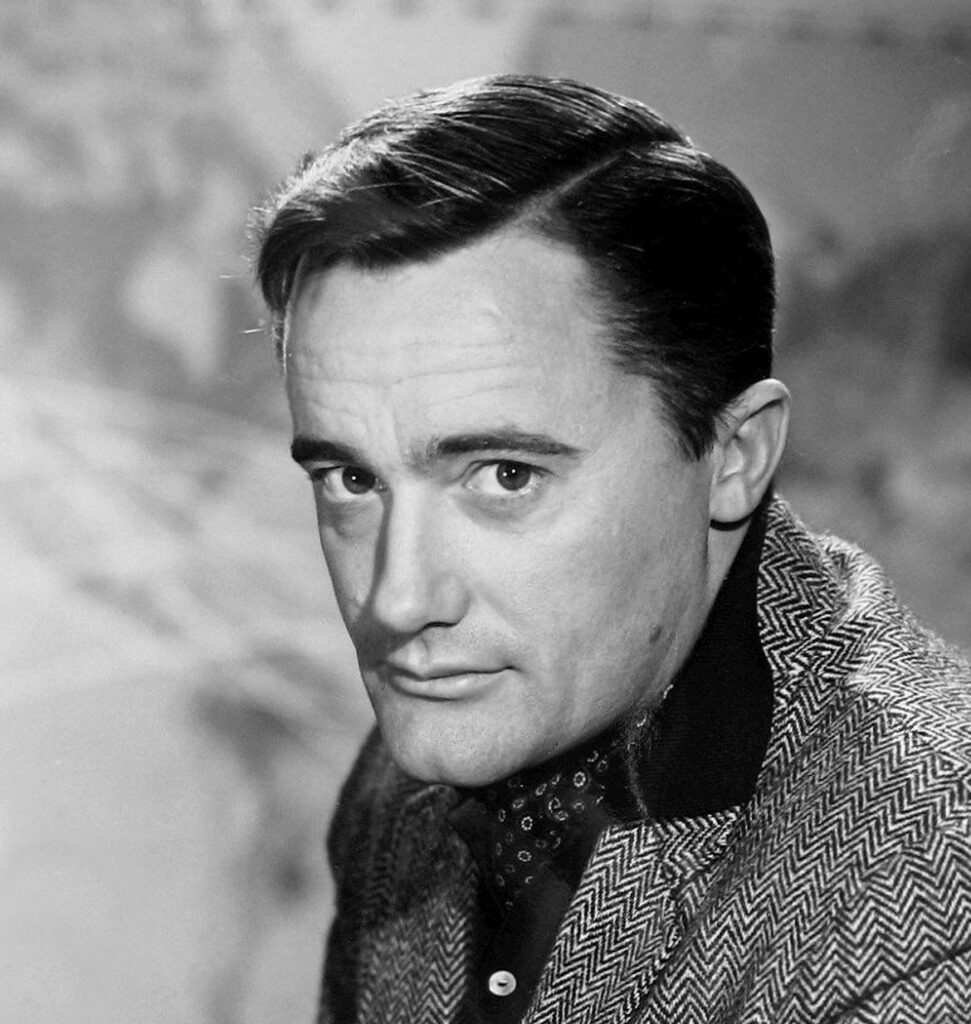
10. The Espionage Thrill: “The Lieutenant” and a Memorable “Man From U.N.C.L.E.” Moment
Pat Crowley’s career also featured a unique connection with actor Robert Vaughn, leading to some particularly memorable performances in the spy and military drama genres. Her talent for dramatic roles was evidently quite impactful, as it directly influenced casting decisions in significant television pilots of the era. This speaks volumes about her reputation for reliability and compelling character work within the industry.
In 1963, Crowley delivered a notable performance in the military drama “The Lieutenant,” where she played the ex-wife of a captain. Her nuanced portrayal in this role made a significant impression on her co-star, Robert Vaughn. So impressed was Vaughn that he specifically handpicked her for a crucial role in another upcoming project, demonstrating the respect she commanded among her peers and her ability to leave a lasting impact with her performances.
This direct endorsement from Vaughn led to Crowley starring in the pilot episode of the highly anticipated espionage series, “The Man From U.N.C.L.E.” in 1964. In this groundbreaking role, she transformed into a Midwestern housewife who is unexpectedly thrust into the glamorous and dangerous world of international espionage. Her performance anchored the pilot, providing a relatable human element amidst the spy-thriller action.
The pilot featured a scene that became particularly iconic and memorable in television history, illustrating Crowley’s commitment to her craft and her dynamic on-screen chemistry. She shared a dramatic sequence with Robert Vaughn, where their characters were “drenched from sweat and steam, locked in a boiler room and suspended from a pipe.” This high-tension moment not only showcased her dramatic range but also underscored the thrilling nature of the series and her pivotal role in its successful launch.

11. A Tale of Two Crowleys: Navigating Mistaken Identity in Hollywood
Throughout her extensive career, Pat Crowley faced a peculiar and often amusing professional challenge: frequent mistaken identity with another actress, Kathleen Crowley. This unique situation highlights the sometimes-confusing landscape of Hollywood, especially when two talented performers share a similar surname and work within the same time frame and genres. Despite the confusion, it never hindered her prolific output.
The two actresses, Pat and Kathleen Crowley, despite the shared surname and concurrent careers, were notably unrelated. Both women guest-starred in many of the same popular television series during the 1950s and 1960s, further contributing to the public and industry confusion. It was a testament to the sheer volume of television production during that golden age that such an overlap could occur so frequently without the actresses ever appearing together on screen.
The humor and occasional frustration of this mistaken identity were famously encapsulated by actor Fess Parker. In his Archive of American Television interview, Parker recounted the industry’s ongoing confusion, noting that “two actresses were named Crowley whom everyone was always mixing up, one tall (Pat) and one short (Kathleen).” He further illustrated the mix-up by mentioning that he was “paired with the shorter Crowley for one project, despite being 6 feet 6 inches tall,” a charming anecdote that underscores the pervasive nature of the confusion.
Despite this persistent, though ultimately harmless, mix-up, Pat Crowley continued to forge her own distinct path. Her individual talent and the sheer breadth of her work ensured that her legacy would stand independently, recognized for her unique contributions rather than being overshadowed by a shared name. It is a testament to her enduring presence that even amidst such confusion, her own light shone brightly.

12. Beyond the Set: A Glimpse into Pat Crowley’s Personal Life and Values
While Pat Crowley’s professional life was a vibrant tapestry of film, stage, and television roles, her personal life offered a steady foundation that anchored her long career. She navigated the demands of Hollywood with a quiet dignity, maintaining a balance between her acting career and her family commitments. This grounded approach allowed her to sustain her career without succumbing to the intense pressures of celebrity.
In 1957, Pat Crowley married Ed Hookstratten, who would become a highly respected and prolific entertainment lawyer and agent. Their union brought two children into the world: a son, Jon Hookstratten, who later became the executive vice president of administration and operations at Sony Pictures Entertainment, and a daughter, Ann Osher. This family life provided a vital counterpoint to the transient nature of the acting profession.
After separating from Ed Hookstratten in the early 1980s, Crowley found love again and married television executive Andy Friendly in 1986. Her enduring relationships and commitment to family highlight a consistent thread of stability throughout her life. She was a Republican and, notably, endorsed Dwight Eisenhower for re-election in the 1956 presidential election, offering a rare glimpse into her political leanings.
At the time of her passing, Pat Crowley was survived by her devoted husband, Andy Friendly, her son Jon Hookstratten and his wife Marion, her daughter Ann Osher and her husband Robert, five grandchildren, and four great-grandchildren. This rich family life speaks to a woman who, despite her public career, cherished her private world, leaving behind a legacy not just of captivating performances but also of enduring personal connections.

13. Capping a Legendary Career: Later Roles and Final Farewell on Screen
Even as she entered her later years, Pat Crowley continued to embrace acting roles, demonstrating an unwavering passion for her craft right up to her final projects. Her commitment to performance extended well into the 2000s, showcasing her enduring relevance and talent in an ever-evolving industry. These later appearances provided new generations of viewers with a chance to experience her undeniable charm and acting prowess.
A particularly poignant role saw Crowley portray the widow of baseball legend Roger Maris in the acclaimed 2001 HBO biopic “61*,” directed by Billy Crystal. This nuanced performance allowed her to inhabit a real-life character with sensitivity and depth, earning her praise for bringing authenticity to the dramatic recounting of Maris’ historic season. It was a significant return to film for a special project.
Crowley continued to make impactful guest appearances on popular contemporary television series. She lent her talents to a 2006 episode of the crime drama “The Closer,” delivering a memorable performance alongside its acclaimed cast. Her final television role came in a 2009 episode of “Cold Case,” further cementing her presence in modern television and proving her adaptability across different eras of storytelling.
Her illustrious career, spanning an incredible seven decades, ultimately concluded with a return to the big screen. Pat Crowley made her final film appearance in 2012, in the indie romance “Mont Rêve.” This last role served as a graceful capstone to a truly remarkable career, one that effortlessly bridged the golden age of Hollywood with the contemporary demands of both film and television. It was a fitting farewell for an actress whose dedication never wavered.

14. An Unforgettable Star: Pat Crowley’s Enduring Charm and Legacy
Patricia Margaret Crowley’s passing at 91 marked not just the end of a life, but the culmination of an extraordinary seven-decade journey through the heart of American entertainment. From her earliest days on the New York stage to her ubiquitous presence on television screens across generations, Crowley cultivated a legacy defined by her consistent charm, undeniable talent, and an unparalleled adaptability that allowed her to thrive in every medium she touched. She was, quite simply, an unforgettable star.
Her career trajectory, though perhaps not reaching the “A-list superstardom” she famously disdained, was instead built on a foundation of genuine craft and an unwavering work ethic. As she candidly expressed, she was “never really into” the business of celebrity, preferring instead to respond to agents’ calls for auditions and simply do the work. This humble yet professional approach resonated deeply, earning her the respect of colleagues and the affection of countless viewers.
Crowley’s versatility was truly her hallmark. She could effortlessly embody spirited ingénues, command dramatic narratives, and deliver comedic relief with equal aplomb. Whether playing a feisty troublemaker in early films, a groundbreaking columnist on a sitcom, or a matriarch in a daytime drama, she imbued each role with an authentic warmth and relatable humanity. Her ability to pivot and evolve with the changing landscape of Hollywood ensured her relevance from the 1950s well into the 21st century.
The industry and audiences alike will remember Pat Crowley as a steady, reliable, and deeply cherished presence. She was the actress who could anchor a Golden Globe-winning film, share the screen with legends, and then become a beloved face in hundreds of television episodes. Her story is a powerful testament to the value of dedication, humility, and the quiet power of simply doing excellent work, leaving an indelible mark on the annals of entertainment history. Her legacy is one of consistent grace, enduring appeal, and a deep love for the art of performance.
As we reflect on the remarkable life and career of Patricia Margaret Crowley, it becomes clear that her impact on Hollywood transcends any single role or accolade. She was a testament to the enduring power of genuine talent, unwavering professionalism, and a profound commitment to the art of storytelling. Her journey from a hopeful young actress in Olyphant to a cherished veteran of film and television is a narrative of resilience, versatility, and the quiet triumph of a career built on integrity. Pat Crowley may have departed, but her legacy, etched in the hearts of those who admired her work, will continue to inspire and entertain for generations to come, a bright and steady light in the firmament of entertainment.

